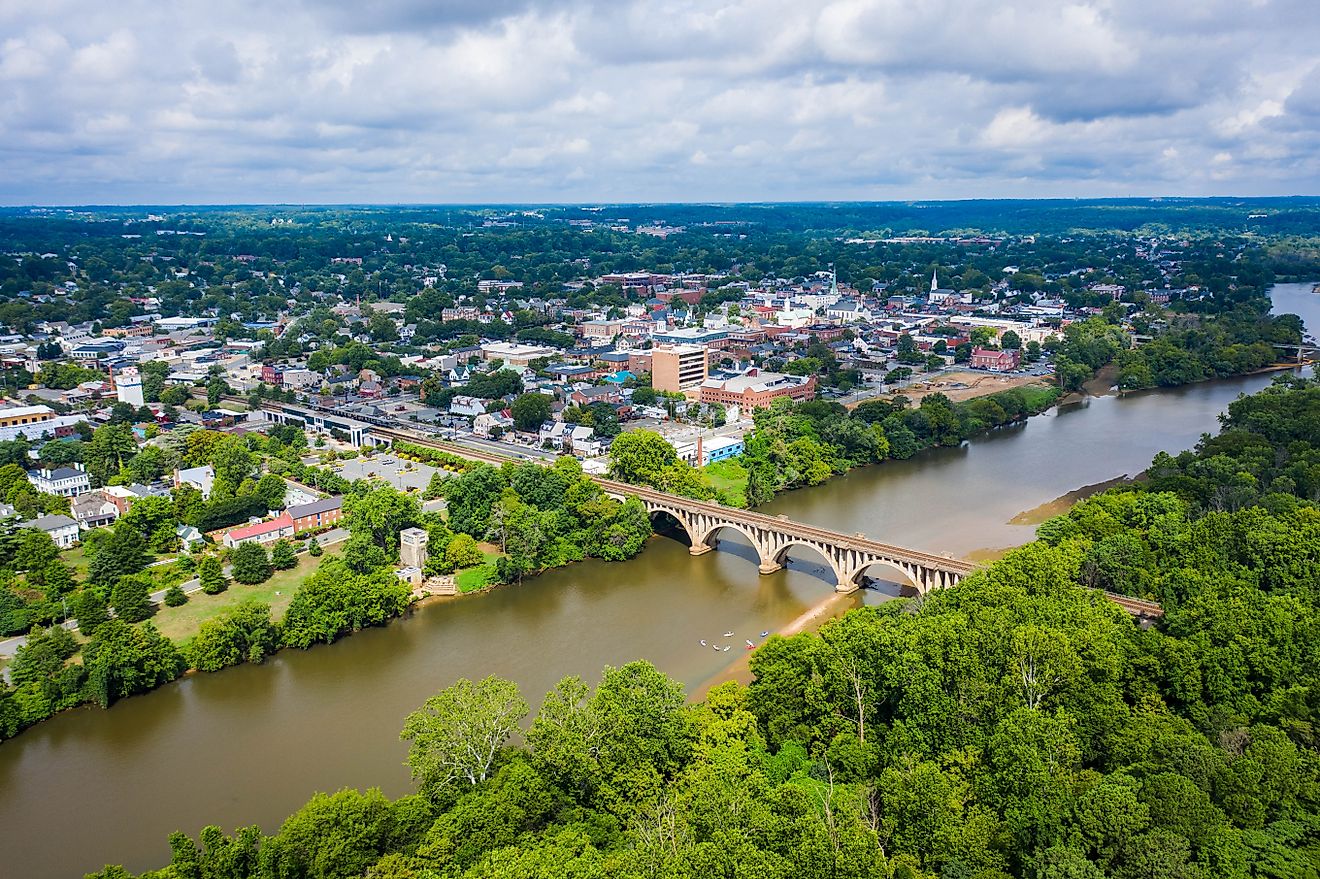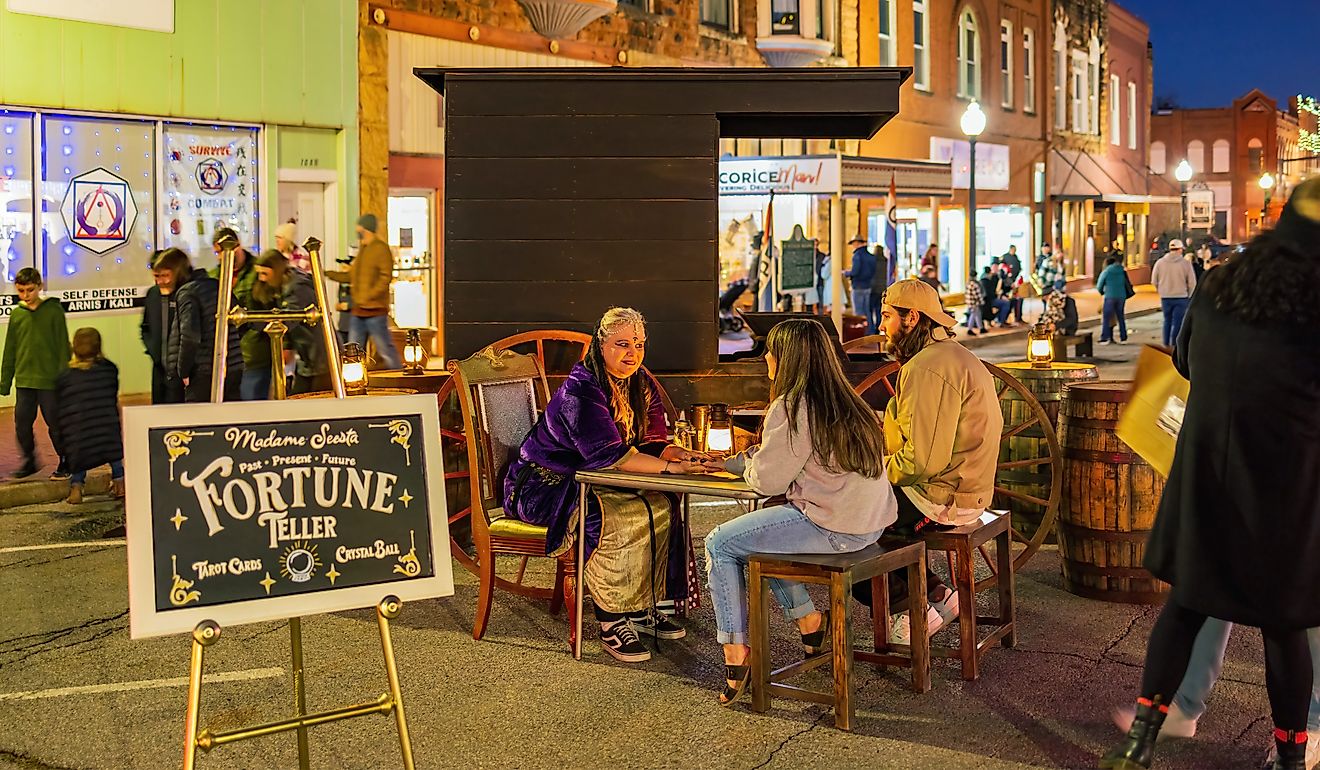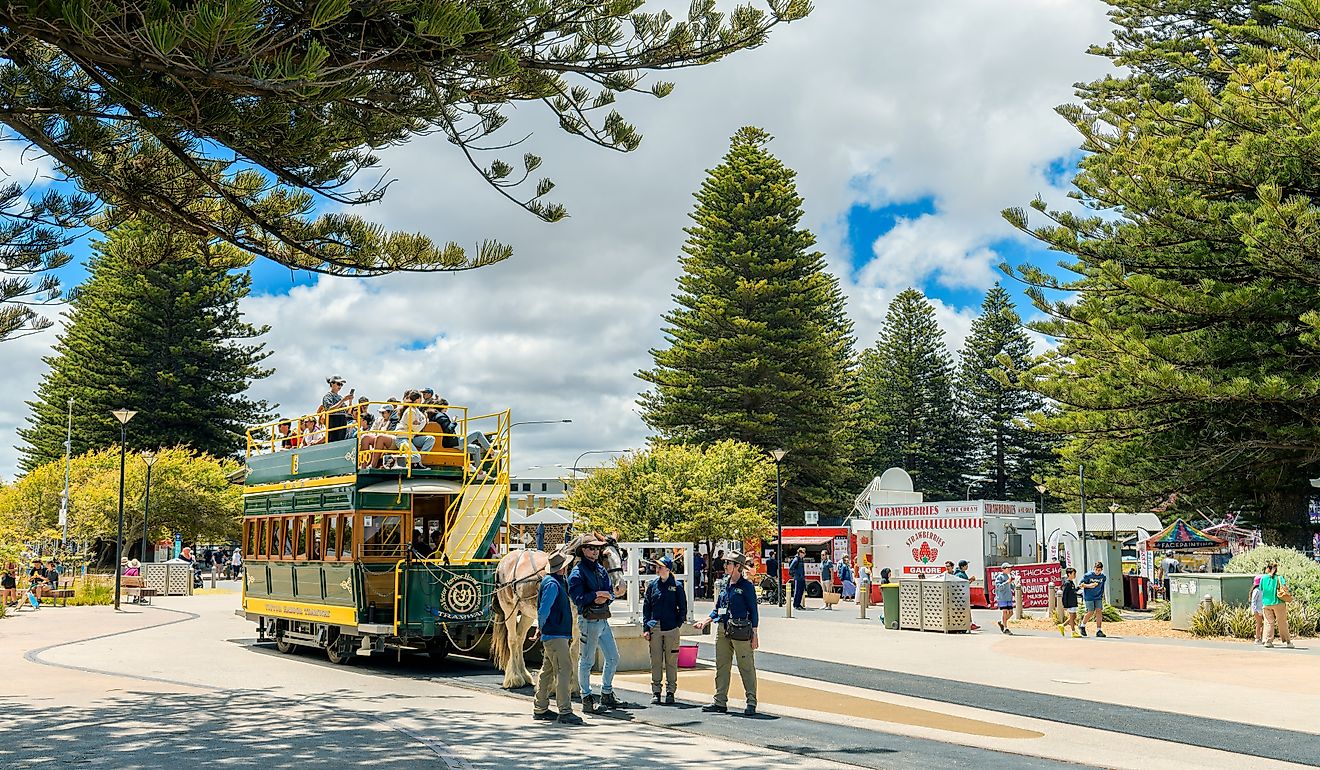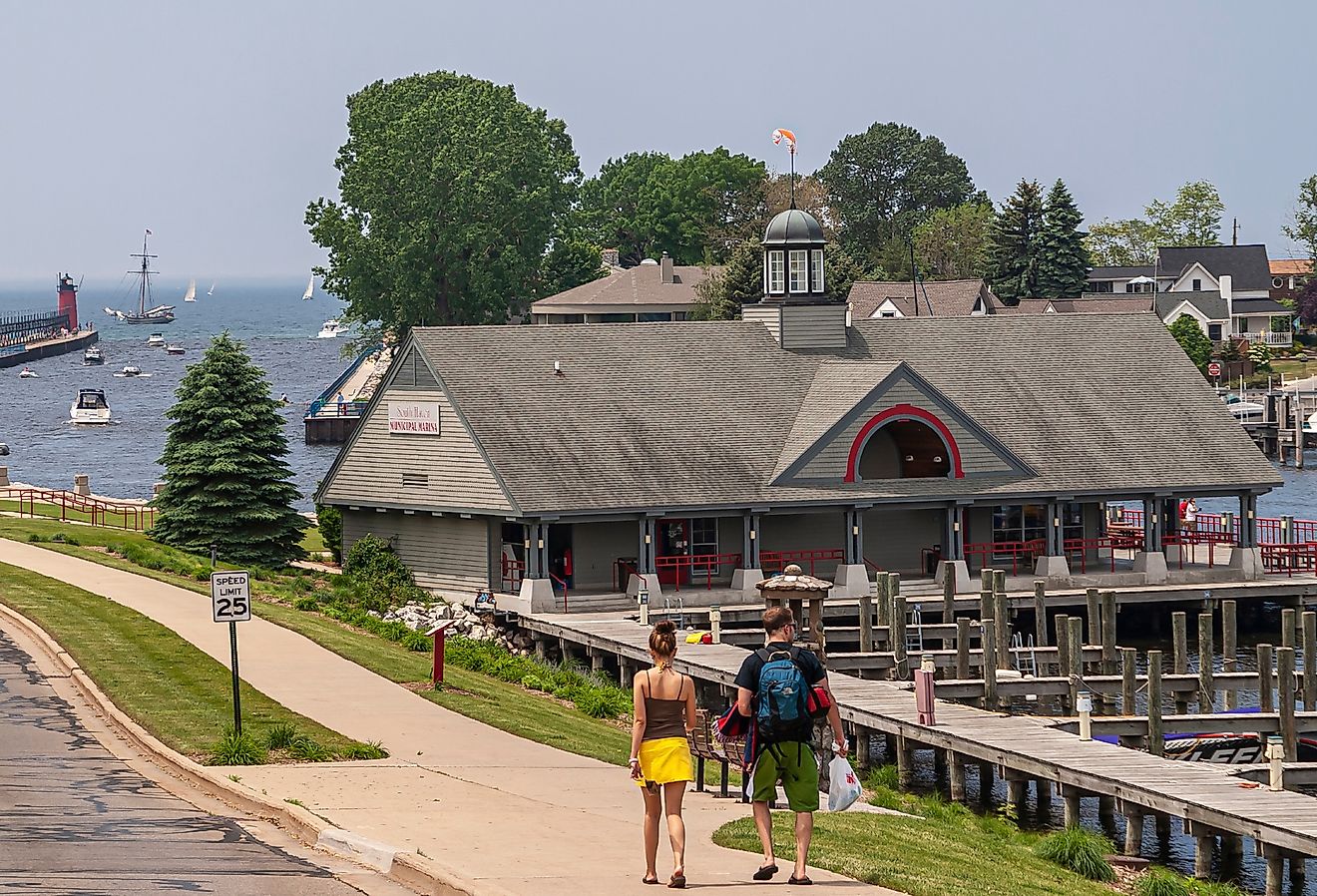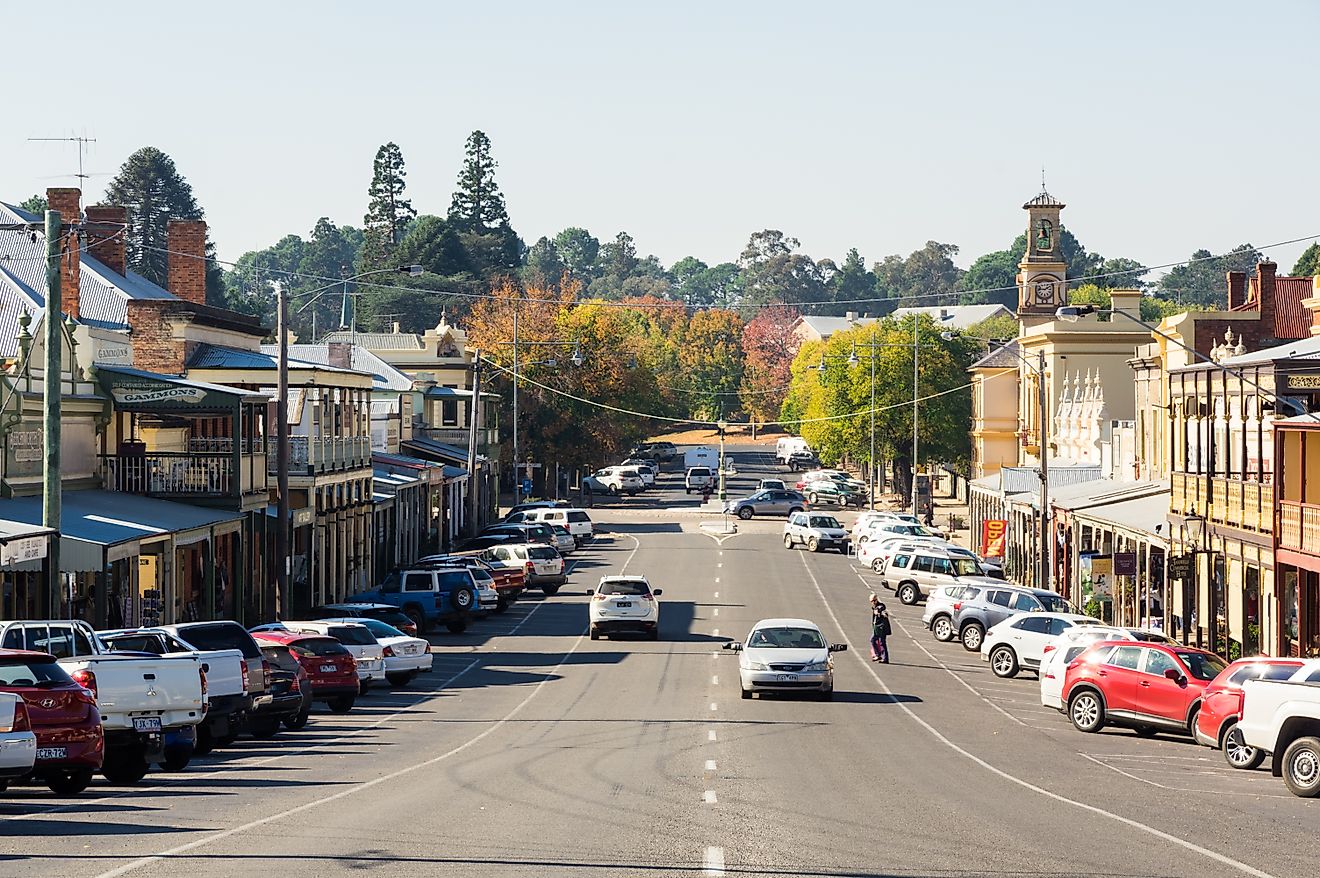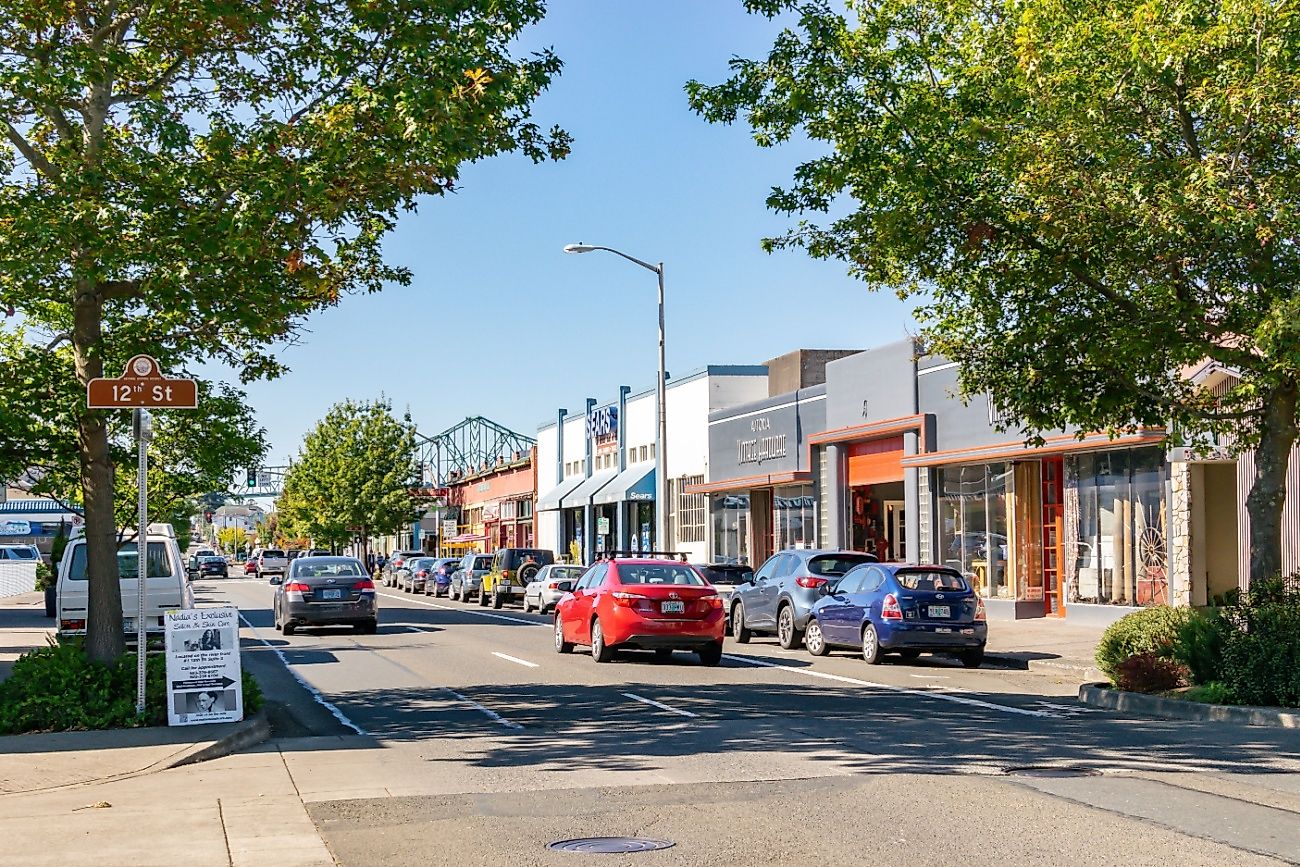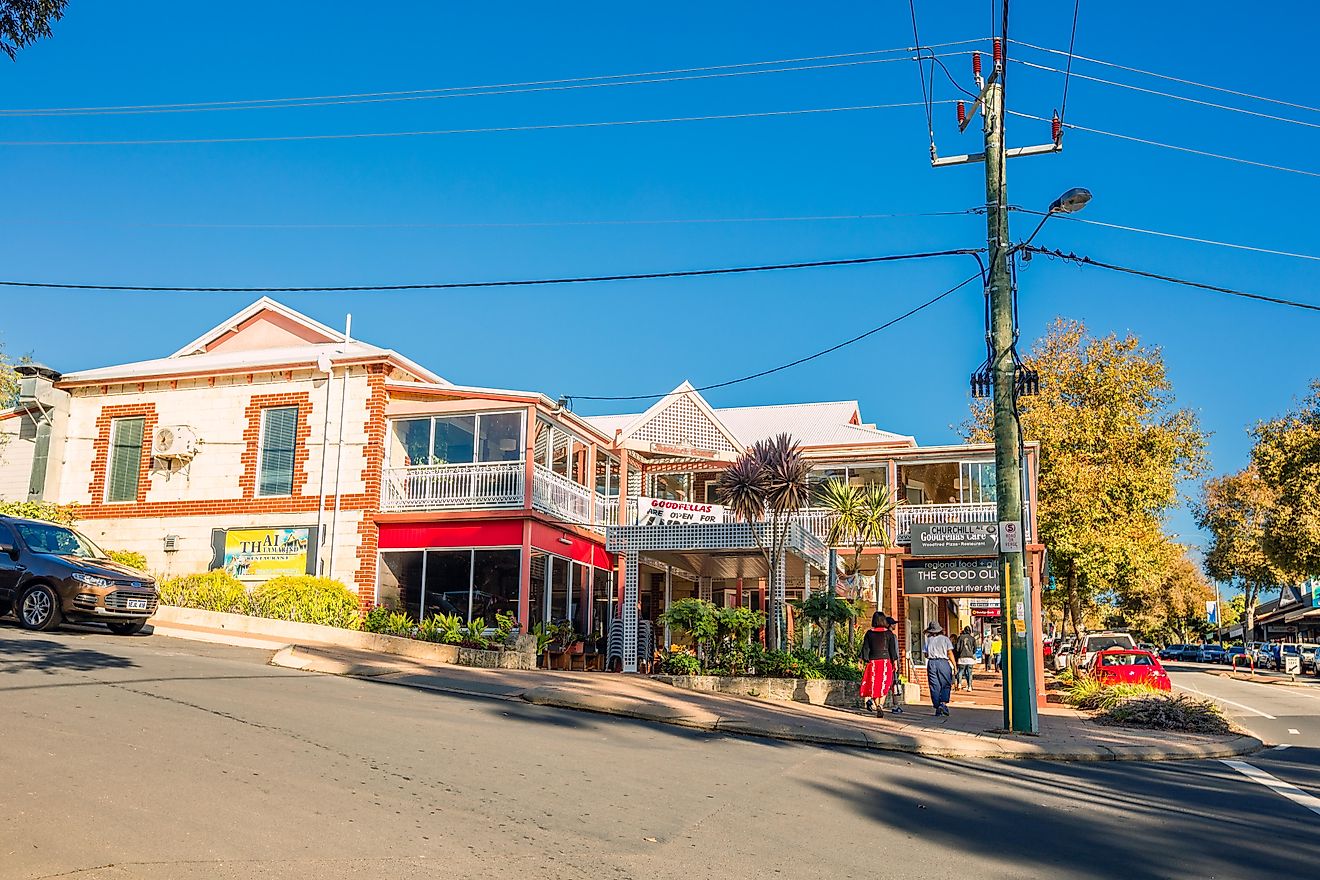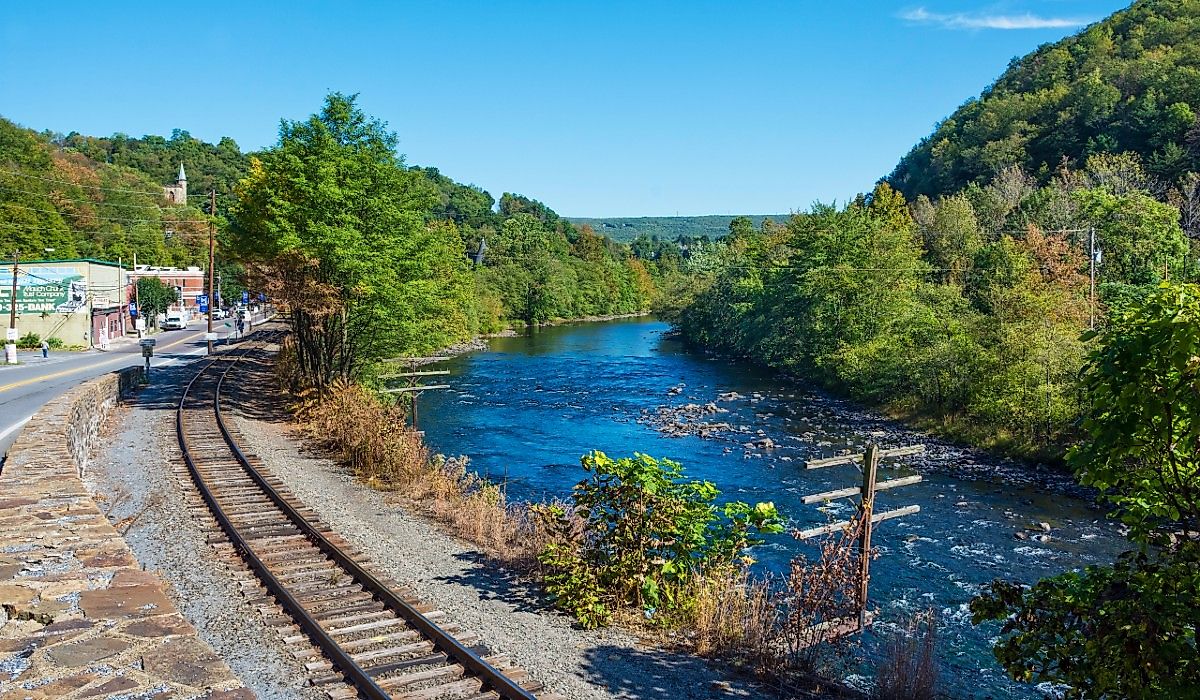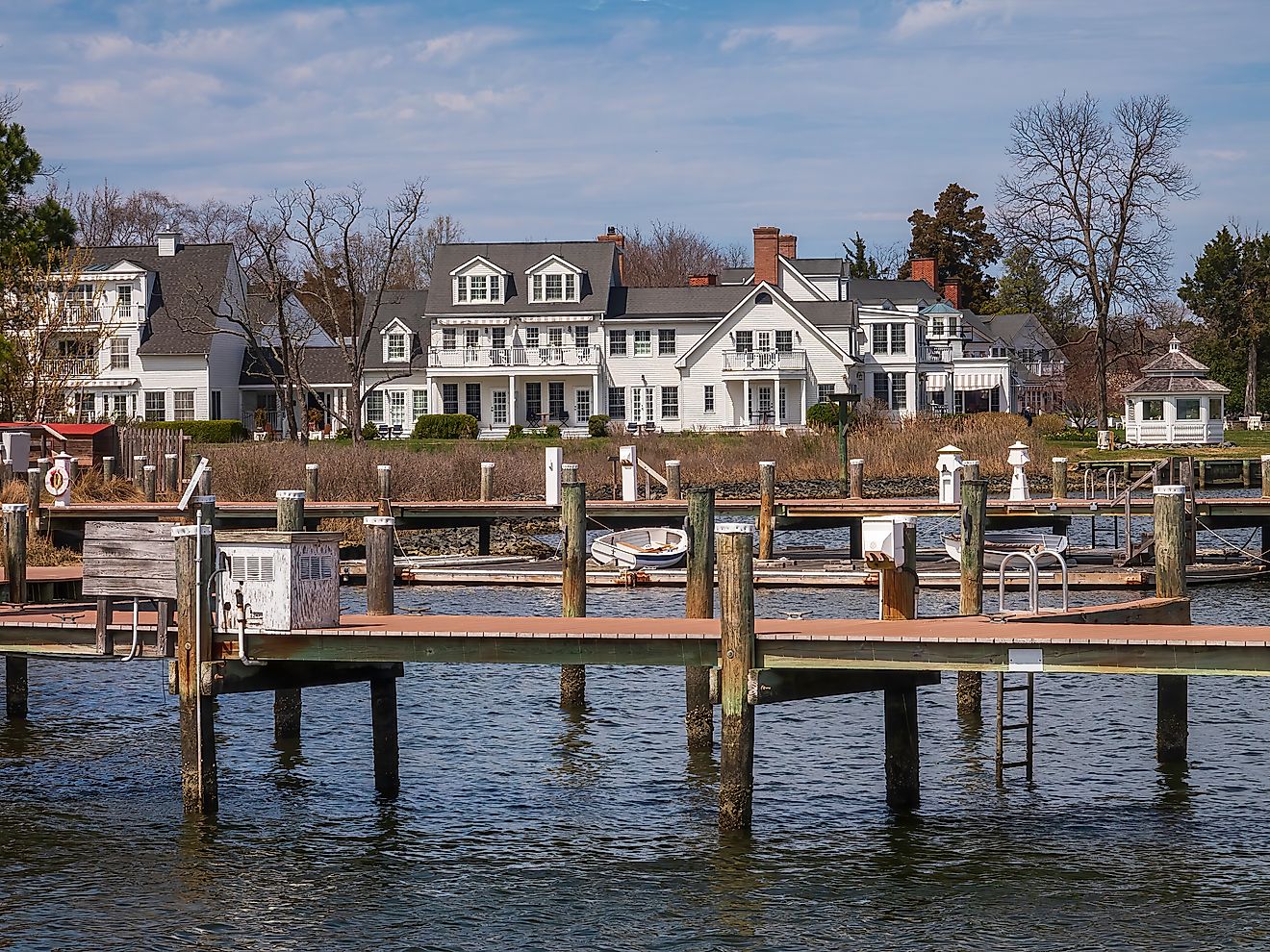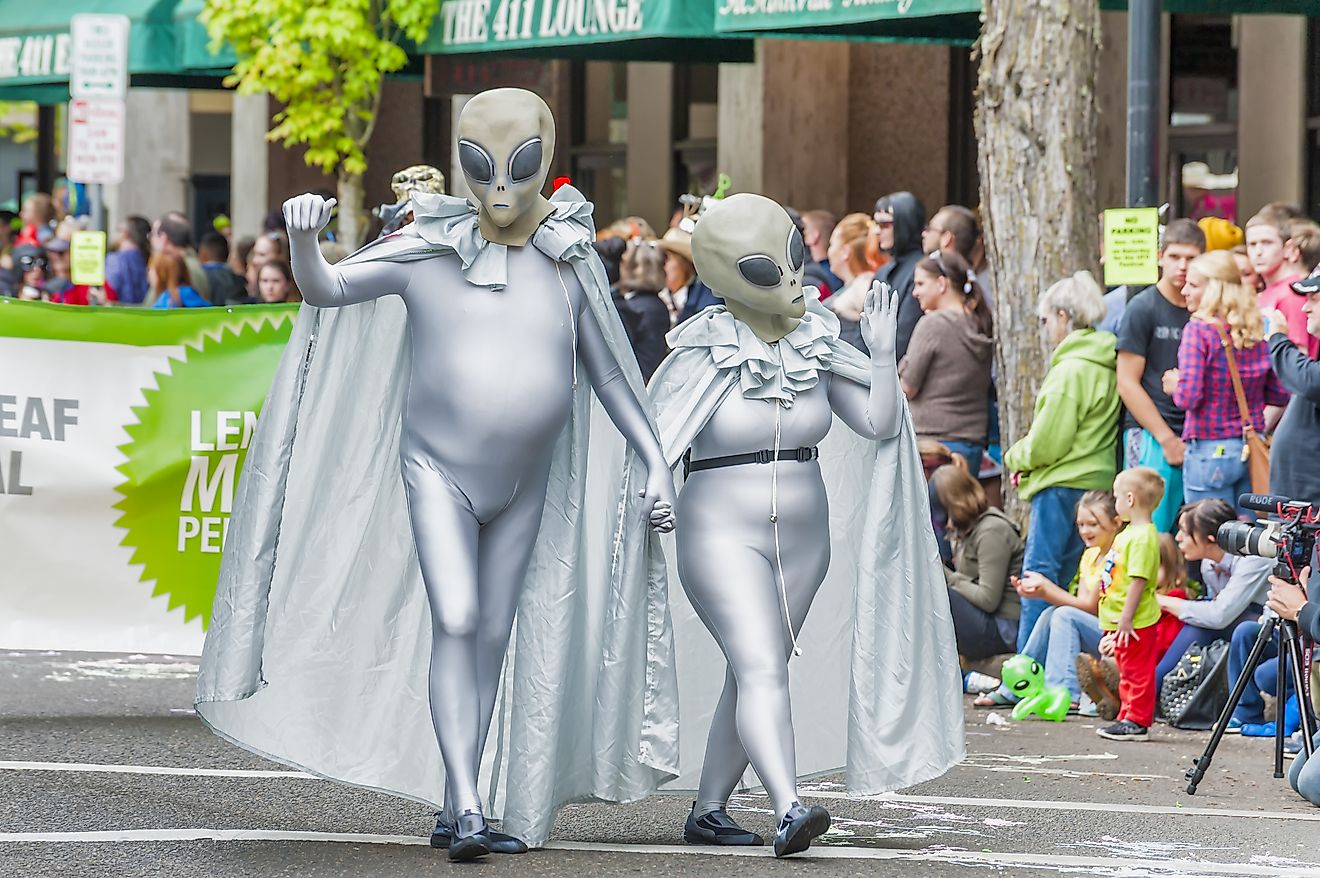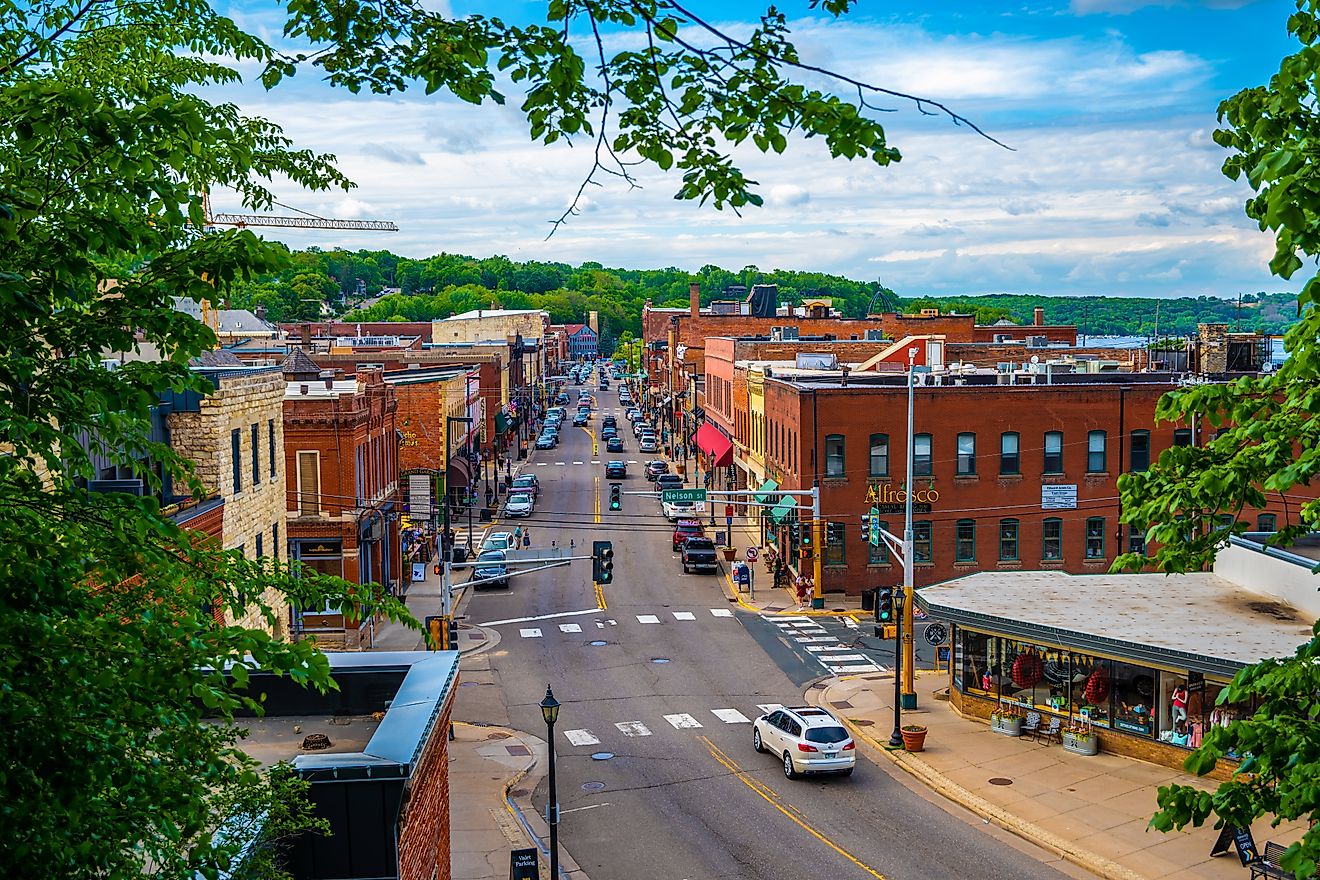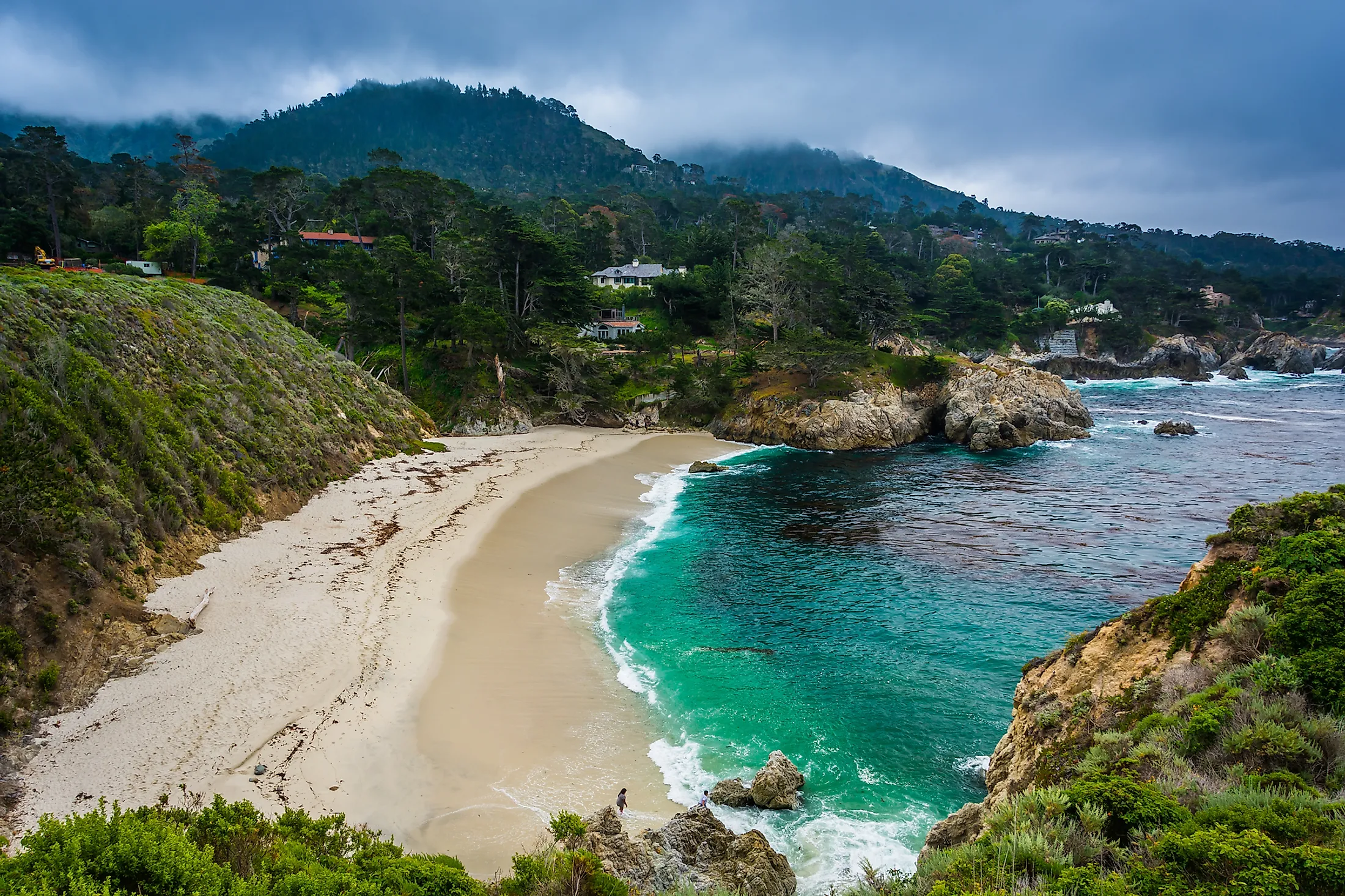
Carmel-by-the-Sea, California
Nestled on the Pacific coast of the US state of California is a town called Carmel-by-the-Sea, which is often known. Carmel is very famous for its scenic outdoor beauty and its vibrant arts and culture scene. It is home to the historic Carmel Mission. In fact, Carmel's early beginnings were as an art colony. Today, visitors flock to the town to enjoy its white, sandy beaches, boutique shops, and many artistic and cultural treasures.
Geography Of Carmel
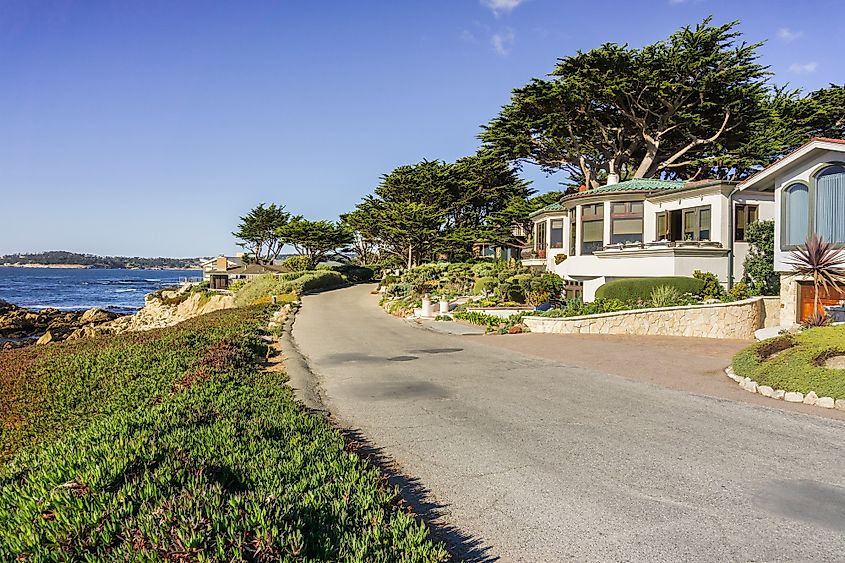
Carmel is located on the Pacific coast of central California, on the Monterey Peninsula. It is 531 km north of Los Angeles and 193 km south of San Francisco. Off the coast of Carmel, in Carmel Bay, is the Carmel State Marine Conservation Area. The Carmel River borders Carmel in the south. To the north of Carmel is the town of Del Monte Forest. The city of Monterey is located to Carmel's northeast.
Population Of Carmel
Carmel has a total population of 3,799. About 90% of the town's residents are white, of which 84% are non-Hispanic, and 5.85% are Hispanic. Asians account for 5.09% of Carmel's population, while people of mixed racial heritage comprise 2.87% and other Hispanics about 2%. Around 87% of Carmel's residents speak only English, while 4% speak Spanish, and 7.4% speak other Indo-European languages. Close to 87% of the town's residents were born in the United States, and 47.42% were born in the town itself.
Economy Of Carmel
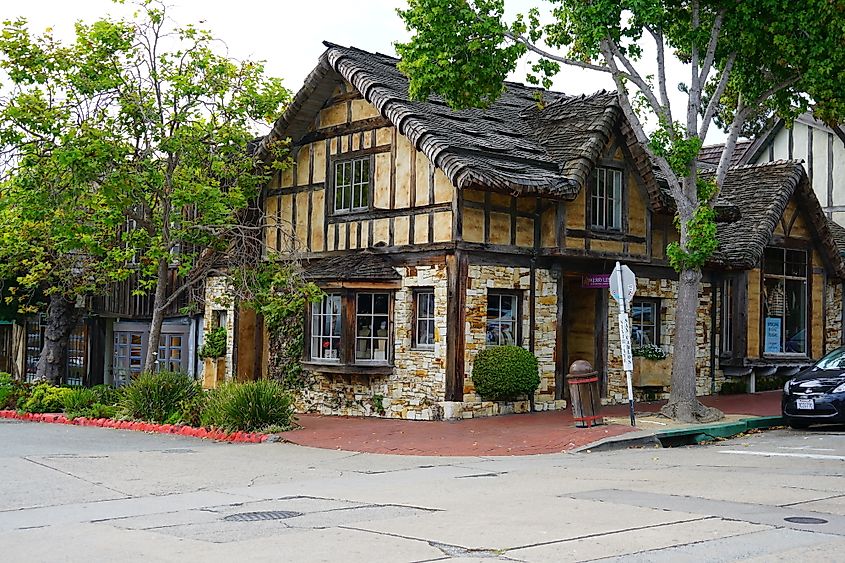
Carmel has a high annual average household income of $129,582. The town's poverty rate is a low 2.92%, but half of the town's African American residents live below the poverty line, despite comprising just 0.05% of Carmel's population. In terms of the number of employees, the largest industries in Carmel are healthcare & social assistance, retail trade, and educational services.
History Of Carmel
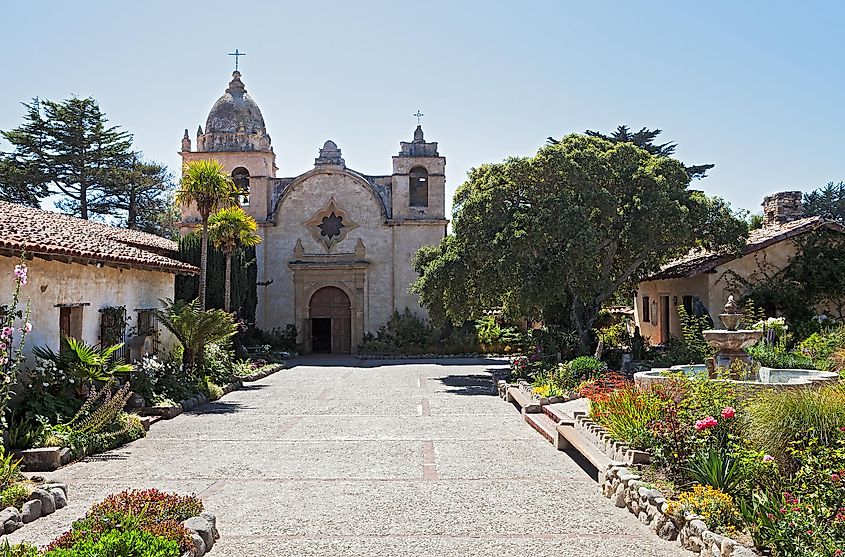
Before the arrival of Europeans, what is now Carmel was inhabited by groups of Native Americans. Most scholars believe that the first Native Americans to live in the area were people from the Esselen-speaking linguistic group. Around the 6th century, the Ohlone people pushed these Esselen-speaking people south into the mountains of the Big Sur. The first European to explore the area was Spanish explorer Juan Rodriguez Cabrillo, who sighted Carmel's white sandy beach and pine forest just 50 years after Christopher Columbus' first landing in the Americas.
In 1602, another Spanish explorer named Sebastian Vizcaino and three Carmelite friars found a river called "El Rio Carmelo," or Carmel River. On June 3, 1771, Father Junipero Serra founded a mission in the area, which still stands on the edge of present-day Carmel-by-the-Sea. Between the late 18th and the early 19th century, the area was under the control of the Viceroyalty of New Spain. During this time, most of the indigenous Ohlone population died out from European diseases for which they had no immunity and overwork and malnutrition at the missions where the Spaniards forced them to live. When Mexico gained independence from Spain in 1821, Carmel became Mexican territory.
Following the Mexican-American War (1846-1848), Mexico ceded California to the United States. In 1850, a Scottish immigrant named John Martin purchased land around the Carmel River. About 30 years later, real estate agent Samuel Duckworth, his brother, and a French baker partnered to parcel up nearly 325 acres of the land purchased by Martin. They did this after hearing rumors that the Southern Pacific Railroad would extend its reach to include the Carmel Mission. Thus, town lots were established, and some homes and a hotel were built. Unfortunately, the railroad extension that Duckworth and his partners were hoping for never materialized. However, ten years later, the Women's Real Estate Investment Company took over and built new homes in the area. Families began arriving to occupy these homes, and in 1916, Carmel-by-the-Sea was officially incorporated.
Carmel quickly became a home for California's cultural community members, even before the city was incorporated. In 1905, the Carmel Arts and Crafts Club was formed to support and produce artistic works. After the San Francisco earthquake a year later, the town became inundated with musicians, writers, painters, and other artists, turning to the establishing artist colony after the bay city was destroyed. Carmel's population grew significantly from the 1920s to the end of the 1940s. In 1920, the town's population was just 638, but by 1950, that number soared to 4,351. Carmel reached a peak population of 4,707 by 1980, though it declined afterward, and has remained under 4,000 from 2010 onward.
Attractions In And Around Carmel-by-the-Sea
Outdoor Attractions
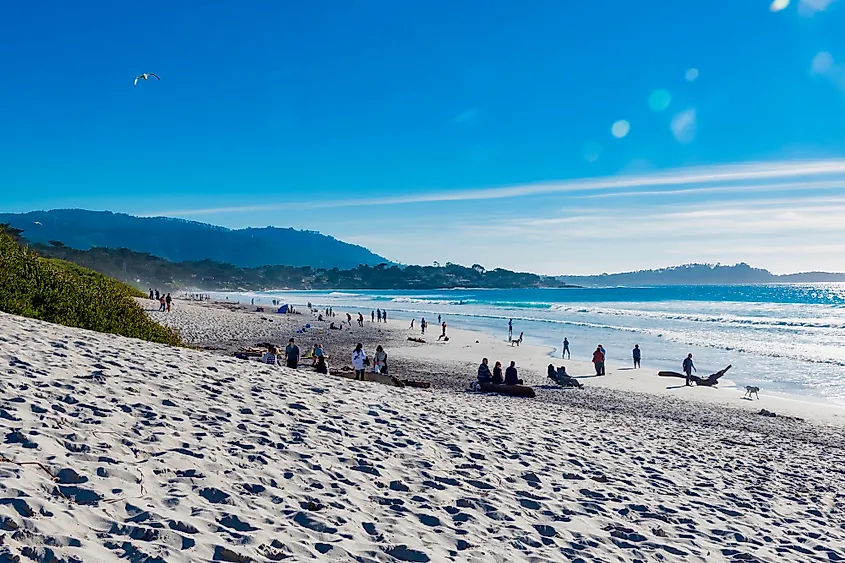
Carmel has several famous outdoor attractions. Among them is Carmel Beach, which spans the length of the town, from north to south. At the southern end of the beach is the famous Clinton Walker House, designed by Frank Lloyd Wright. The beach's northern end features the Pebble Beach Golf Links, which host the AT&T Pro-Am and US Open golf tournaments. The bluff that parallels Carmel Beach has a path where pedestrians can walk or jog. For those who prefer to view the beach from their cars, a street called Scenic Rd. also follows the course of the beach.
Visitors interested in doing some shopping in Carmel would be wise to visit the town's Ocean Avenue. Hundreds of one-of-a-kind shops are clustered in the area surrounding this street, and nearly all of them are locally owned and operated. Also located on Ocean Avenue, where it intersects with Mission St., is the famous Carmel Plaza, home to one-of-a-kind fashion finds and national specialty brands, distinctive restaurants, gourmet shops, wine tasting rooms, and more. For those who want to learn something about the history of Carmel, the Carmel Mission is the place to go. Built in the 1770s, the Carmel Mission was part of a chain of 21 California Missions. It was restored to its former glory in the 1940s.
Arts And Cultural Attractions
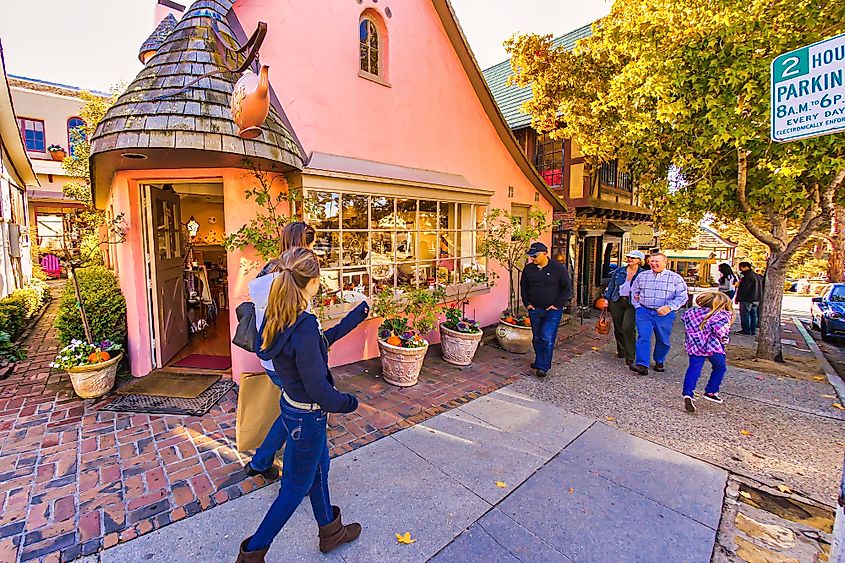
Carmel is also well-known for its arts and culture scene. Its theaters include the Sunset Center, Golden Bough Theater, and the Outdoor Forest Theater, which is considered the oldest outdoor theater in the western United States. Carmel's other cultural treasures include almost 100 art galleries, concentrated in one square mile of downtown. The Carmel Artists Association is the largest of the town's art galleries and contains the work of more than 100 local artists.
